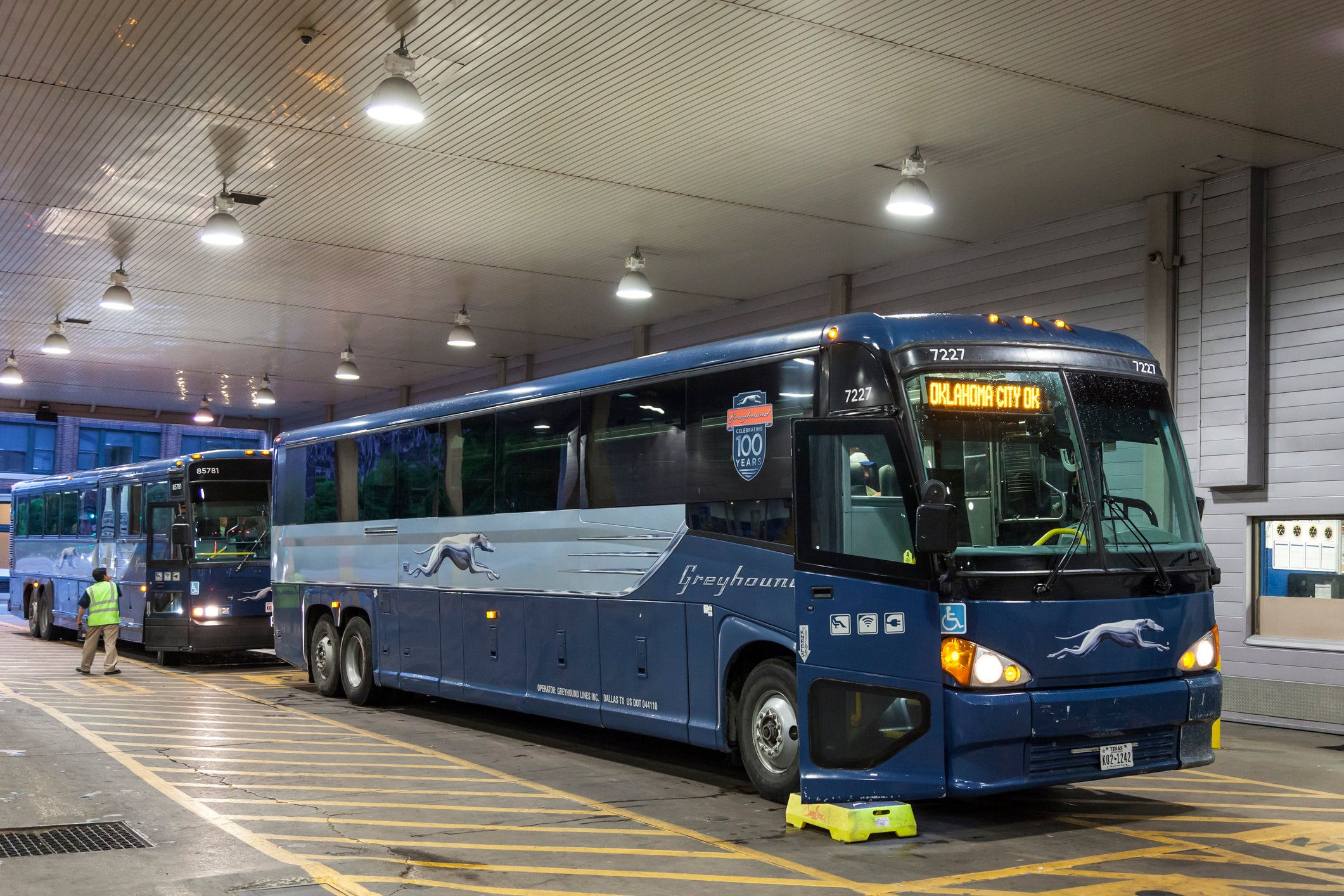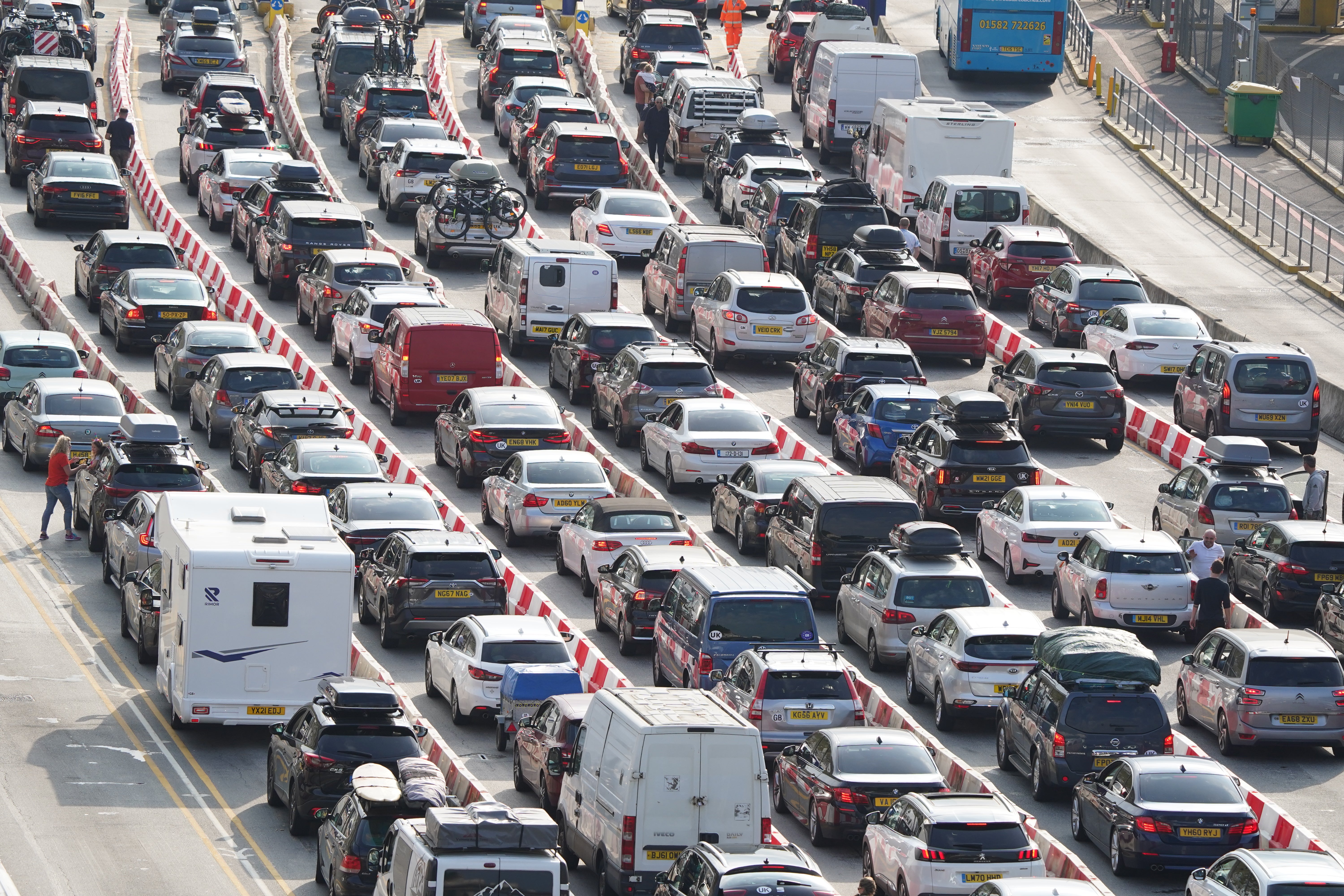Is Gibraltar worth a trip for an autumn getaway?
Simon Calder answers your questions on holidays to Spain’s south coast, the threat of monkeypox and bussing it across the US


Q We want somewhere warm in October. Is it worth visiting Gibraltar, or is it just too small to be interesting?
Name supplied
A Gibraltar is an excellent choice for a family holiday in October. As you know, the British Overseas Territory is almost at the southern tip of the Iberian peninsula, bordering Spain and facing Morocco across the Strait of Gibraltar. It’s exactly halfway between London and the tropics, so you can expect warm weather.
Basics first. Finding an affordable flight over half-term may be challenging, because Gibraltar airport also serves southern Andalucia. And given the constraints of a patch of territory covering two-and-a-half square miles, much of which is the Rock, beds are in short supply. Book a package if you can, for value and consumer protection. When I took my family to Gibraltar, I bought through British Airways Holidays which was fine – and cheaper than booking flights and accommodation separately.
In terms of family holiday appeal: the territory has an impressive range of places to eat, ranging from fish and chips and pizza to tapas and sushi. The best beaches are on the east side, with Catalan Bay my favourite. To meet the only wild monkey population in Europe, take the cable car to the Upper Rock – home to the Barbary macaques. Take care not to antagonise them and keep a close eye on your possessions. Enjoy the vertical view through the glass-bottomed platform on the ridge of the Rock, the Skywalk. Follow the Thrill Seekers Trail from here and you reach the Windsor Suspension Bridge – a safe and spectacular crossing strung between two military batteries above a 160ft gorge.
A whale-and-dolphin-watching boat trip in the Strait of Gibraltar is essential. And it’s worth spending some time just watching the planes come and go at one of the world’s most exciting airports.

Q Any thoughts on the perils and pitfalls of long-distance bus journeys such as Greyhound in the US? It’s cheap but that’s about it. In my experience, the promised real-time tracking doesn’t work. Instead, you can expect to spend hours waiting at a bus stop not knowing if the service is even running.
Peter W
A I am sorry you have had less-than-ideal long-distance bus journeys in North America. My experiences have been quite the opposite: punctual departures and arrivals with friendly and professional drivers. Power points and wifi are now standard.
I have mostly taken journeys that begin at bus stations (notably Greyhound terminals) or at least fixed city points. I can see that if you are waiting in a town that has a passing service, the lack of real-time tracking (which I have not yet tried to use) could be very frustrating.
In contrast, I have found inter-city journeys such as Boston to Burlington and Austin to Houston reliable, relaxed and scenic. The former on Greyhound, the latter on Megabus. In addition, Flixbus is expanding aggressively in the US: adding to competition, keeping fares low and raising standards still further on the east and west coasts, the Midwest and Texas.
Given a straight choice between train and bus, I would always go by rail: between Los Angeles and San Diego, for example, both modes have similar fares and frequencies. But sadly the US railroad network is a shadow of its former self. Even on lines with passenger services, Amtrak trains are often rare (eg the Heartland Flyer, once daily between Fort Worth and Oklahoma City); buses offer a wider choice of departure times.
Increasingly, niche bus operators can provide outstanding value or comfort, particularly in the northeast US on the Boston-New York-Washington corridor. The most intriguing arrival is known as The Jet: cruising the key 220-mile intercity link between Manhattan and Washington DC in four hours. The backers believe it can compete with the train or plane thanks to “motion-canceling technology that eliminates 90 per cent of bumps and vibration” and a private jet feel. It has just 14 deeply reclining seats (barely a quarter of the normal coach capacity). I look forward to trying it and “counting the cars on the New Jersey Turnpike” in more comfort than Paul Simon could in his love song to the Greyhound bus, “America”.

Q Any advice regarding the current state of emergency in San Francisco? We’re travelling with our children on 12 August. It’s pretty difficult finding any information about this.
Emma F
A The governors of three American states – California, Illinois and New York – have declared states of emergency because of the spread of monkeypox. I agree that announcement sounds ominous for anyone, like you, who is planning to head west. But I hope I can persuade you to relax. First, the NHS provides reassurance about the infection, saying: “Monkeypox is usually mild. Most people recover within a few weeks without treatment.”
Next, it is difficult to see how a family on holiday in the San Francisco area might contract monkeypox. There are around 800 people infected with monkeypox in California, representing only one in 50,000 of the state’s population. The US Centers for Disease Control says the infection is spread by “close, personal, often skin-to-skin contact” with a carrier.
So why take the dramatic step, as California governor Gavin Newsom did, of proclaiming a state of emergency? The reason he specified was “to bolster the state’s vaccination efforts” against the infection. The proclamation says: “It is critical to maximise the number of personnel who can administer vaccines.” The effect of the state of emergency is simply to widen the pool of medical staff who are allowed to give jabs against monkeypox vaccines; they now include paramedics.
During your stay you can expect to encounter a fair few advertisements aimed at promoting awareness of monkeypox, but this unpleasant infection should have no effect on your holiday. I think it vanishingly unlikely you will encounter checks, let alone travel bans, of the kind we saw when coronavirus began to spread. The World Health Organisation says only possible or actual carriers of monkeypox should avoid travel.

Q You wrote about the postponement of the European “Etias” that British travellers will need for the Schengen area from next year. You said Etias is needed because of Brexit. But surely as we were not in Schengen, even if we had stayed in the EU we would still need Etias?
Pete
A The European Travel Information and Authorisation System (Etias, also known informally as the EU “e-visa”) has been put back six months to November 2023. The online system is being “created to identify any security or irregular migratory risks posed by visa-exempt visitors travelling to the Schengen area, whilst at the same time facilitate crossing borders for the vast majority of travellers who do not pose such risks”.
When the new requirement finally comes in, British travellers to most European Union nations – plus Schengen area hangers-on – will need to apply in advance for permission to go on holiday. Brits also need to be fingerprinted and have a facial biometric taken, in accordance with our wish to be treated as “third-country nationals” by EU nations.
I agree it looks confusing: a Venn diagram of the Schengen area and the EU shows a large intersection: 22 member states of the European Union are in both. The leftover nations are Bulgaria, Croatia, Cyprus, Ireland and Romania (in the EU but not Schengen) and Iceland, Norway, Switzerland and Liechtenstein (in Schengen but not the EU).
However, for citizens of non-Schengen EU countries, nothing will change. Membership of the union means no need for Etias. The present rules will continue to apply. When a passport or ID card holder from one of the five non-Schengen nations meets a Schengen border, all that the frontier official can do is check their travel document is valid and that it belongs to the person presenting it.
The easiest example to consider is a citizen of Ireland on a driving holiday that involves transiting Great Britain to reach France. They need no passport to travel across the Irish Sea, due to the Common Travel Area agreement (which trumps EU law). When they go through the EU border at Dover, they will use the express lane for European Union citizens along with French, Belgian and Dutch motorists, while British travellers line up for their biometric checks.
Email your questions to s@hols.tv or tweet @SimonCalder


Join our commenting forum
Join thought-provoking conversations, follow other Independent readers and see their replies
Comments